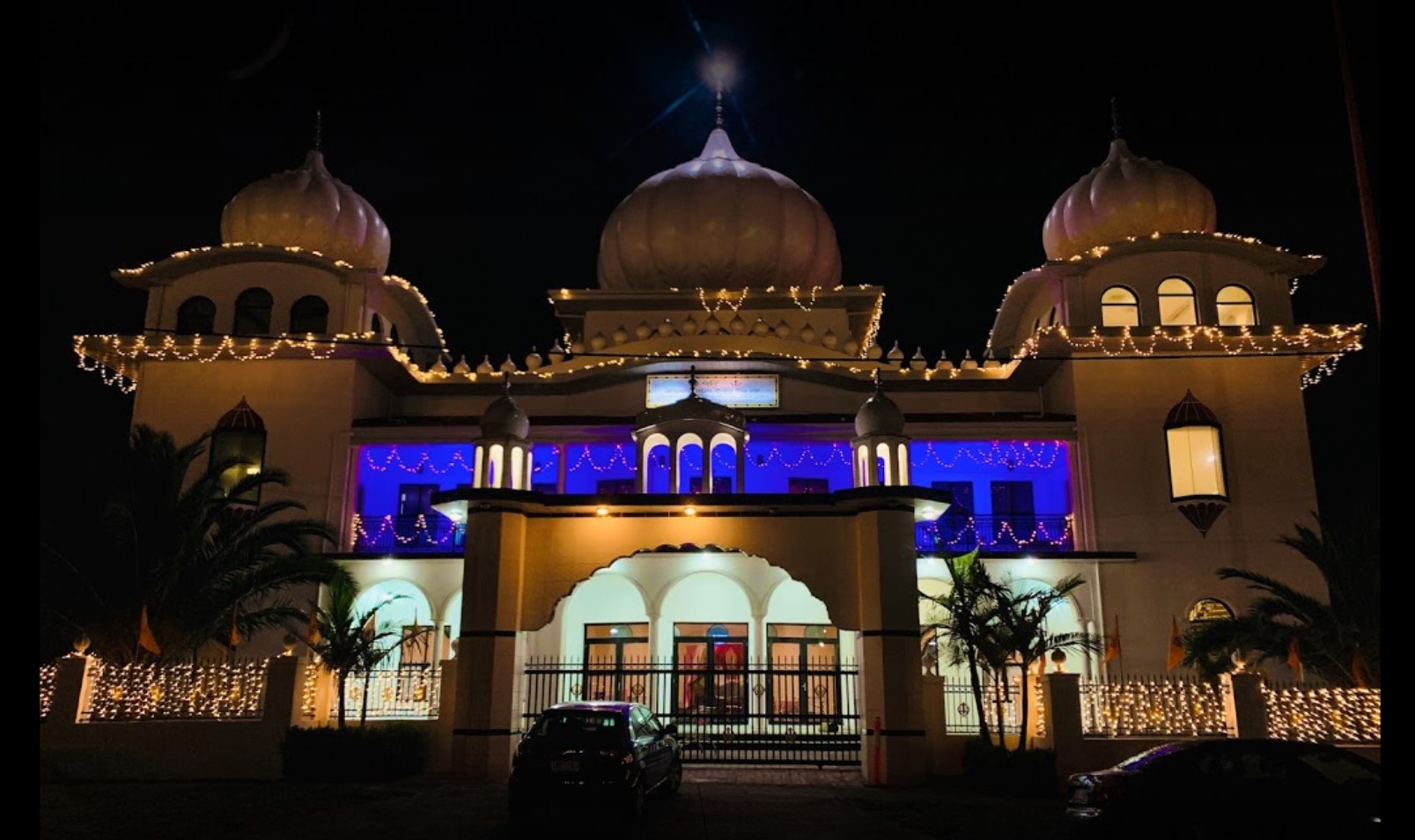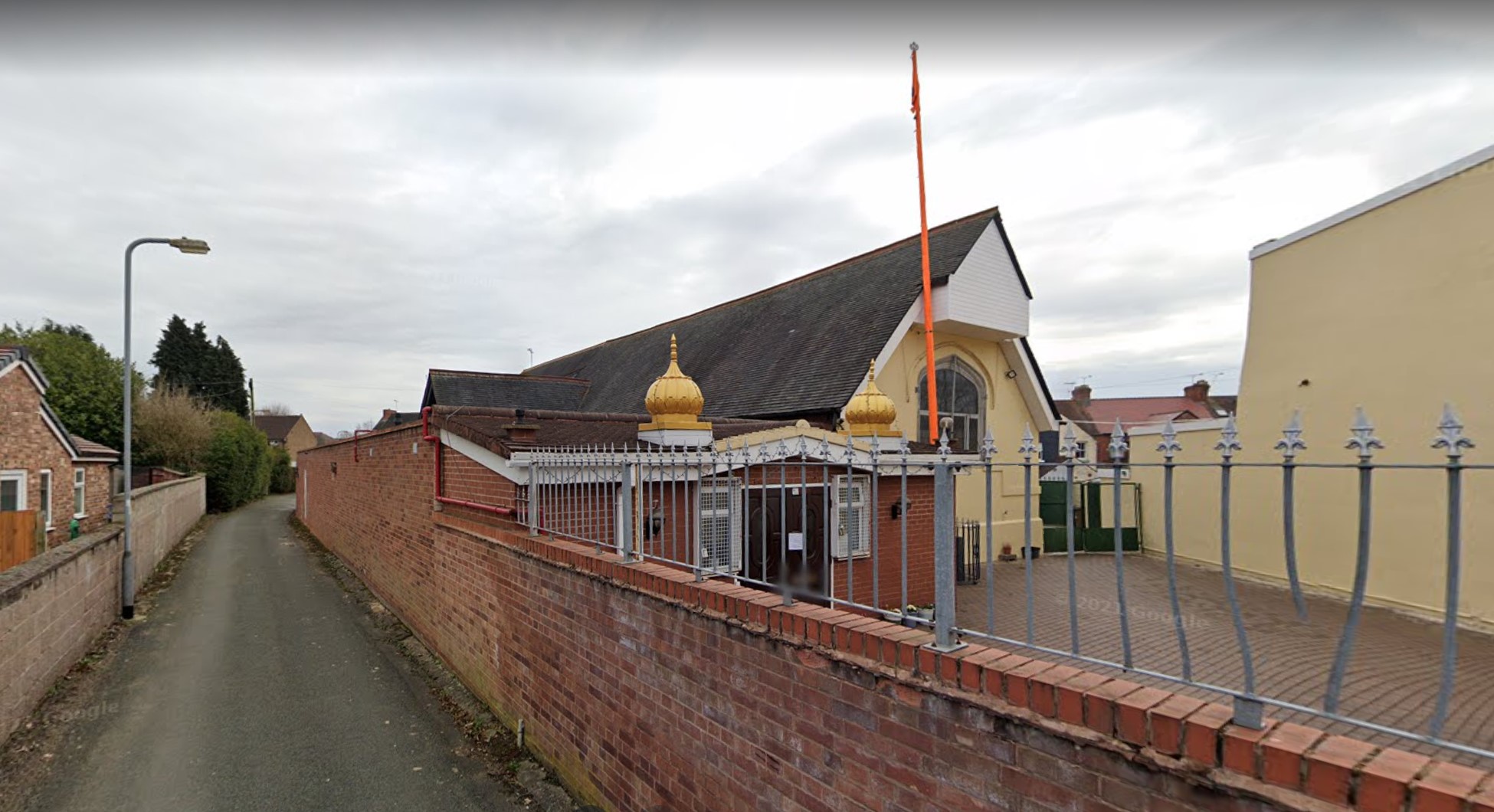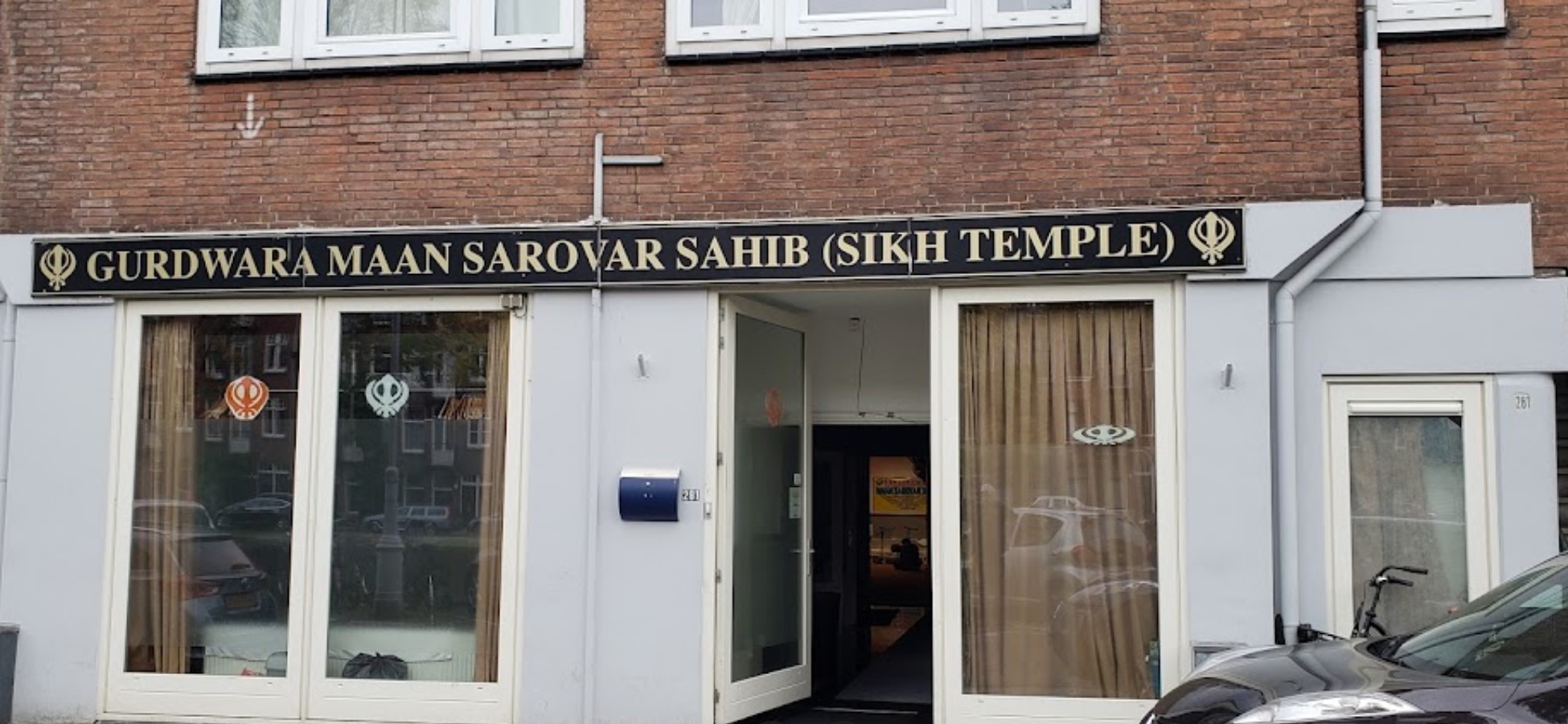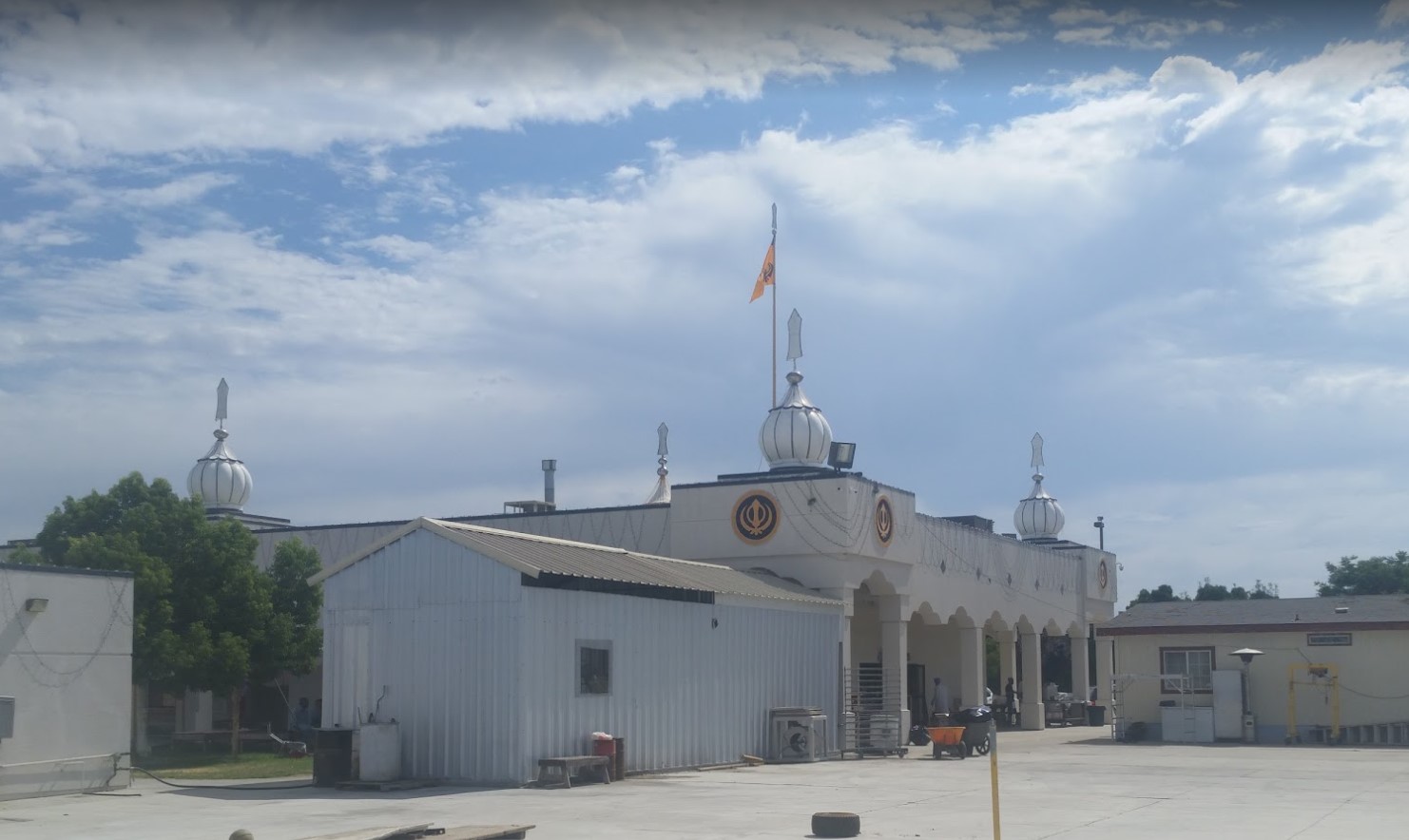Welcome to Directory of Gurudwaras Worldwide
All religions have temples where people can gather together to contemplate on God and pray. The Sikh temple is called a Gurdwara. The word ‘Gurdwara’ means ‘Gateway to the Guru’. In Sikhism ones personal dedication to living a good life is important but another important aspect of Sikhism is the Sangat (congregation). Not only should one meditate on God on their individual level but also on a corporate level. There are thousands of Gurdwaras throughout Punjab and the rest of the world. They serve as community centers for the Sikh’s. There are no restrictions on who may enter a Gurdwara for prayer. People of all religions are welcome to attend. Another common feature of all Gurdwaras around the world is Langar, the free community kitchen. Here food is served to all people who sit together to enjoy a communal meal. It is a symbol of the Sikh belief in a non-sexist, non-racist society where all people of all casts, religions are equal and can share a common meal in the true spirit of unity. The first gurdwara was built in Kartarpur, on the banks of Ravi River in the Punjab region by the first Sikh guru, Guru Nanak Dev Ji in the year 1521. It now lies in the Narowal District of west Punjab (Pakistan). The worship centers were built as a place where Sikhs could gather to hear the Guru give spiritual discourse and sing religious hymns in the praise of Waheguru. As the Sikh population continued to grow, Guru Hargobind, the sixth Sikh guru, introduced the word ‘gurdwara’. The etymology of the term ‘gurdwara’ is from the words ‘Gur (ਗੁਰ)’ (a reference to the Sikh Gurus) and ‘Dwara (ਦੁਆਰਾ)’ (gateway in Gurmukhi), together meaning ‘the gateway through which the Guru could be reached’. Thereafter, all Sikh places of worship came to be known as gurdwaras. Although most Sikhs spell “Gurdwara” and refer it as the House of the Guru, that may not be the accurate spelling and meaning, the word could also be spelt “Gur-duara.” The word ‘Dwara’ means place or home, but ‘Duara’ means through or by means of. So the another definition of a “Gurduara” would be through or by means of our Guru. For a Sikh, every thing is achieved by means and by grace of the Guru.
Gurudwaras of World brings you a comprehensive directory of Historical and other Gurudwars over the world. The site is has two sections Historical Gurudwaras and World Gurudwaras. Historical Gurudwaras has a listing of gurudwaras related to Sikh History and Guru Sahiban whereas World Gurudwaras lists other gurudwaras in India and Gurudwaras by Sikh Diaspora all over the world.
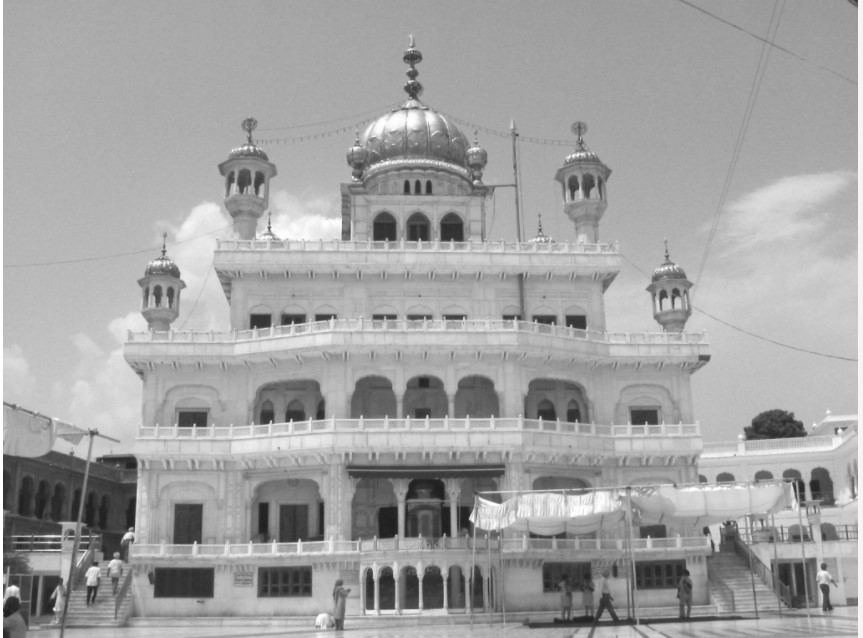
Akal Takht Sahib
The foremost supreme throne and temporal seat of Sikh religious authority is Sri Akal Takhat Sahib located in Amritsar of Punjab, India. The Akal Takhat, sometimes referred to as Akal Banga, is situated inside the Golden Temple complex opposite Darbar Harmandir Sahib. The Akal Takhat was originally established by Sixth Guru Har Govind in 1663. The Sikh holy scripture, Guru Granth Sahib, is housed in the Akal Takhat after hours while in sukhasan. Ancient sacred manuscripts are preserved on the premises along with antique shaster weaponry used by Sikh gurus and warriors.
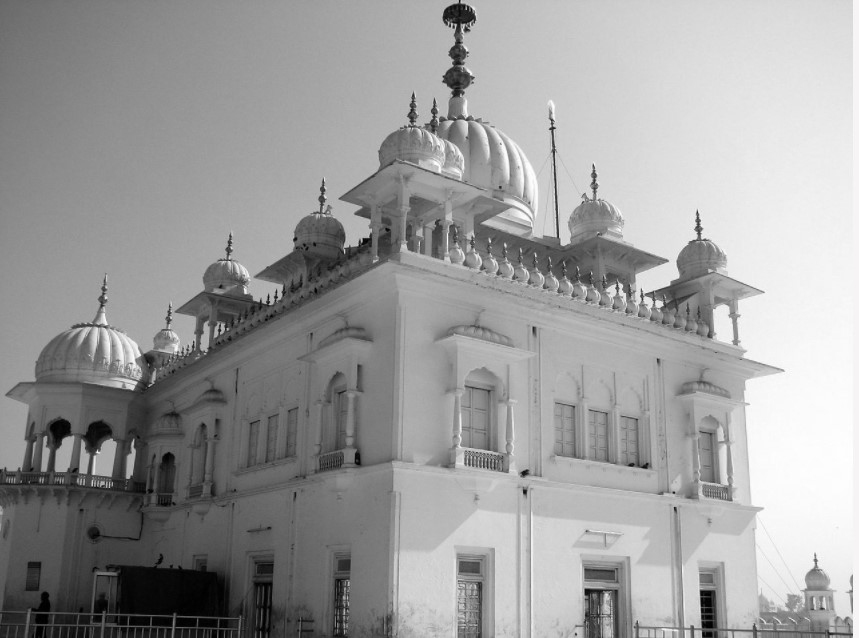
Takht Sri Keshgarh Sahib
The location of Takhat Sri KeshGarh Sahib of Anand Pur in District Roop Nagar of Punjab, India, on the bank of River Satluj, originally a tract of land in Makhowal purchased by Ninth Guru Teg Bahadar. Called for a time Chak Nanki, it later became known as Anandpur Sahib, and birthplace of the Khalsa nation. Immediately following the martyrdom and decapitation of Guru Teg Bahadaur by order of the Mughal Emperor Aurangzeb, Bhai Jaita obtained the guru’s severed head and delivered it to his son Tenth Guru Gobind Rai, in Chak Nanki proclaiming, “This ground shall be the founding of the Panth.”
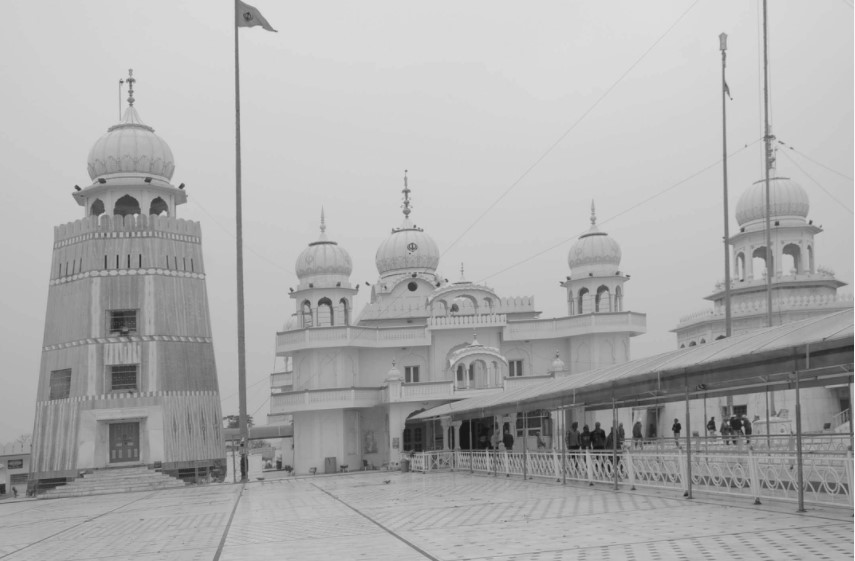
Takht Sri Damdama Sahib
Takhat Sri Damdama Sahib known also as Guru ki Kashi, located at Talwandi Sabo near Bathinda of Punjab, India commemorates the completion of the sacred scripture of Guru Granth Sahib in 1705, by Tenth Guru Gobind Singh with the help of his scribe Bhai Mani Singh. The guru stayed in Talwandi Sabo at Damdama Sahib following the martyrdom of his mother and the sahibzade, his four sons. His wives Mata Sundari Kaur, and Mata Sahib Kaur, rejoined him for a short period, after their separation when fleeing the siege of Anandpur. Baba Deep Singh became the head scribe of Damdama Sahib and made copies of the Granth for distribution to the other four Takhats.
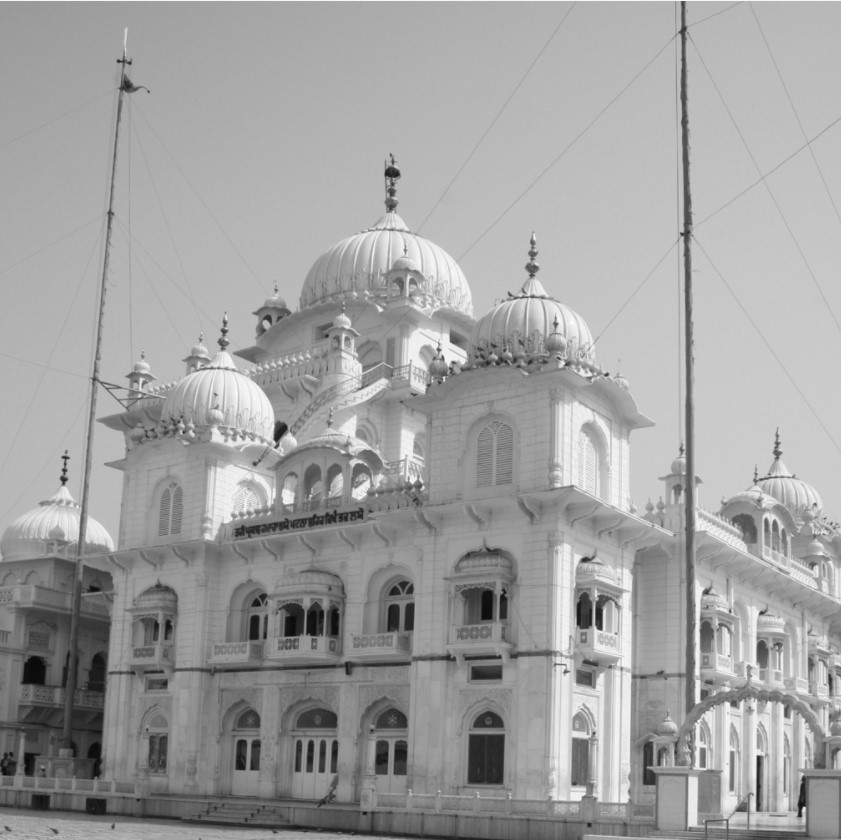
Takht Sri Patna Sahib
Takhat Sri Harmandir Sahib of Patna, Bihar, India located on the bank of the River Ganges (Ganga) is the birthplace of Prince Gobind Rai who grew to be Tenth Guru Gobind Singh. Patna is revered as a spot visited by the gurus: First Guru Nanak while on his way to Gaya. The first guru paused to pay respects to Salis Rai Jouri, a devotee who transformed his home into a dharmsala, or spiritual teaching center to promote the message of Guru Nanak. Ninth Guru Teg Bahadar while on a missionary tour, housed his mother, his pregnant wife Gurji and her brother in Patna under the care of a local Raja. Mata Gujri delivered the Guru’s son while in Patna.
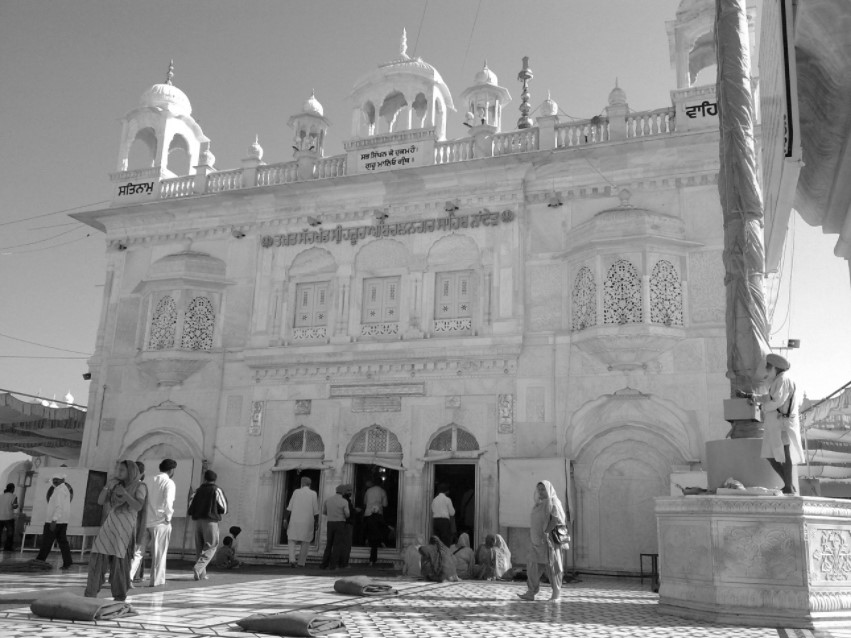
Takht Sri Hazur Sahib
Nanded (pronounced Nander), formerly in Hyderabad State is now a district town in Maharashtra. It is a railway station on the Manmad-Secunderabad section of South Central Railway. One of the five Sikh Takhts is located here and the Sikhs reverently refer to it as Hazur Sahib. Nanded is associated with the first and the last of the Sikh Gurus. While Guru Nanak Dev passed through it during his extensive travels which took him as far south as Sri Lanka, Guru Gobind Singh spent the last few days of his earthly life here. He arrived here with emperor Bahadur Shah towards the end of August 1708, and, while the latter went on to Golconda after a few days rest, the Guru decided to stay on here. It appears that he had followed the emperor through Rajasthan to Deccan in the hope that justice would be meted out to his persecutors and murderers of his young sons and numerous Sikhs, as perhaps promised by the emperor at Agra.
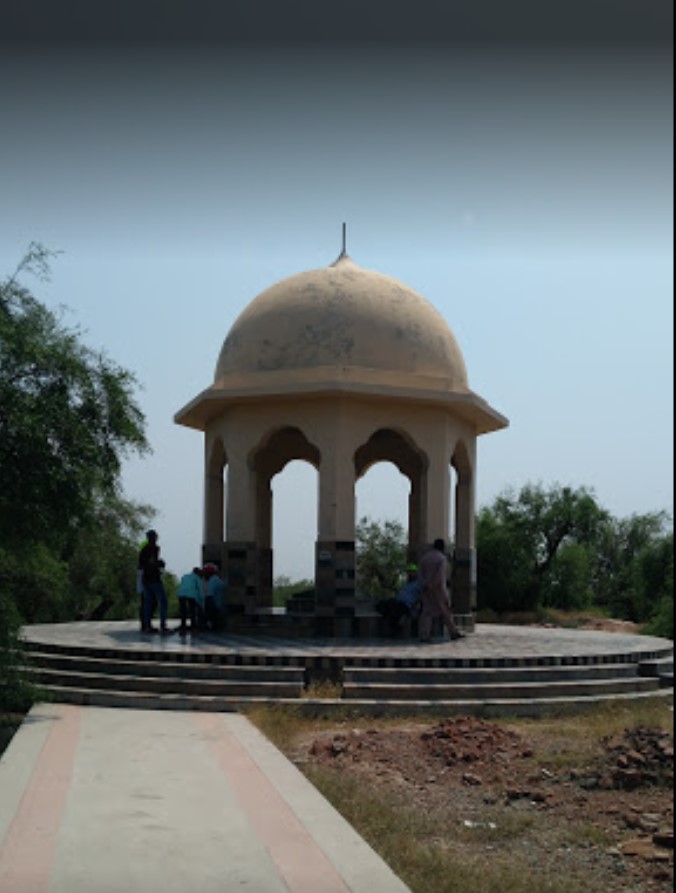
Mazar Rai Bular at Nankana Sahib
There is a ruin in the locality behind the Janamasthan of Jagat ... [More]

Gurudwara Mata Sundri, Delhi
Gurdwara Mata Sundri is situated behind J.P. Nayak Hospital, adjoining the Ghalib ... [More]
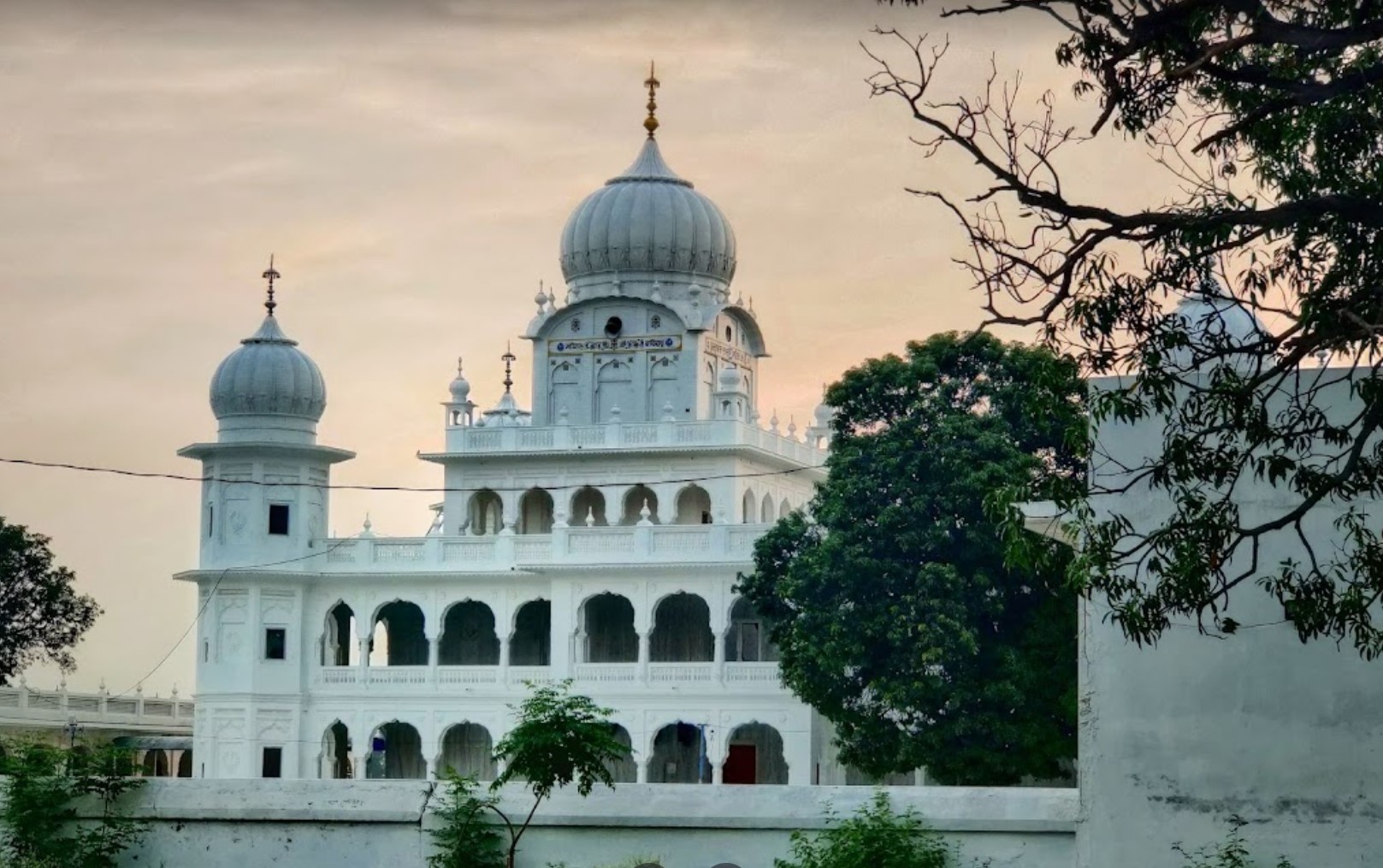
Gurudwara Damdama Sahib – Sri Hargobindpur
This Gurdwara is situated at a distance of 32 Km from Batala ... [More]
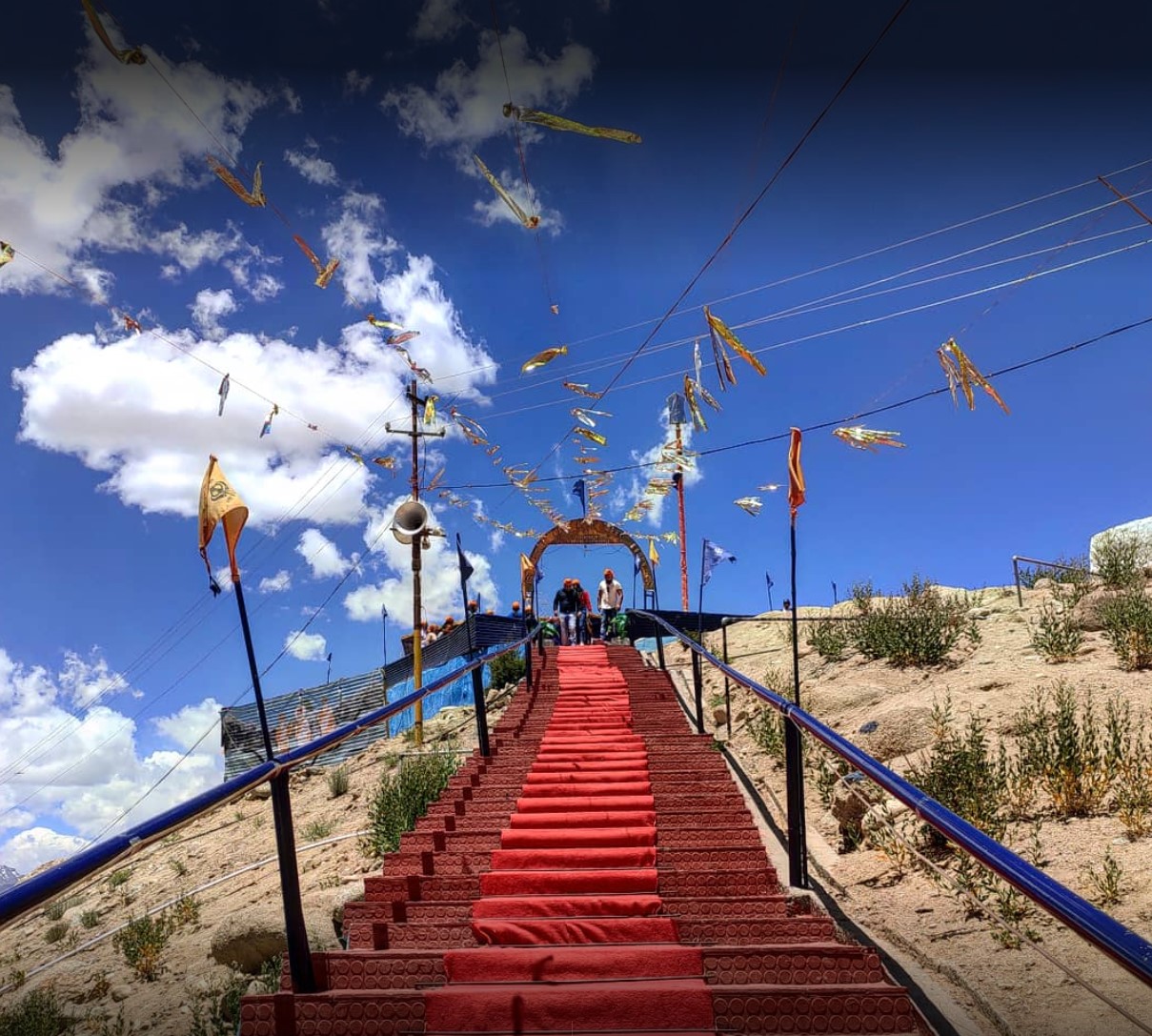
Gurudwara Pather Sahib Leh
There is a beautiful Gurudwara known as “Pather Sahib” constructed in the ... [More]
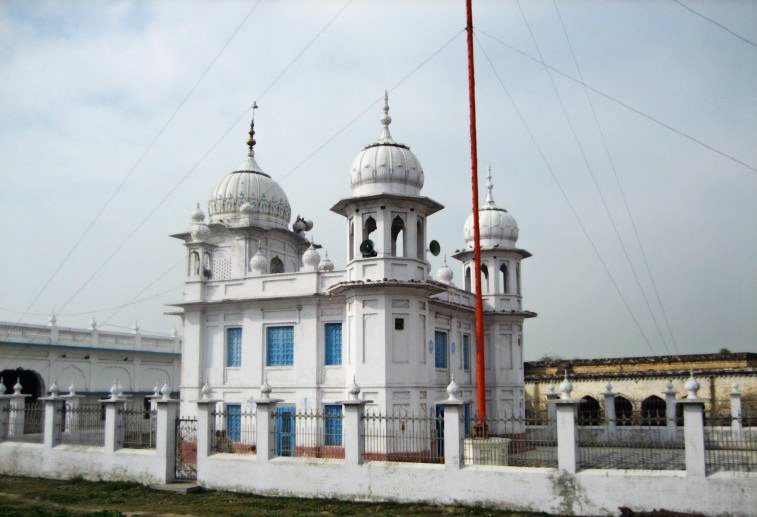
Gurudwara Sri Angad Dev Ji, Toor
Gurudwara Sri Angad Dev ji is situated in Village Toor district Tarn ... [More]
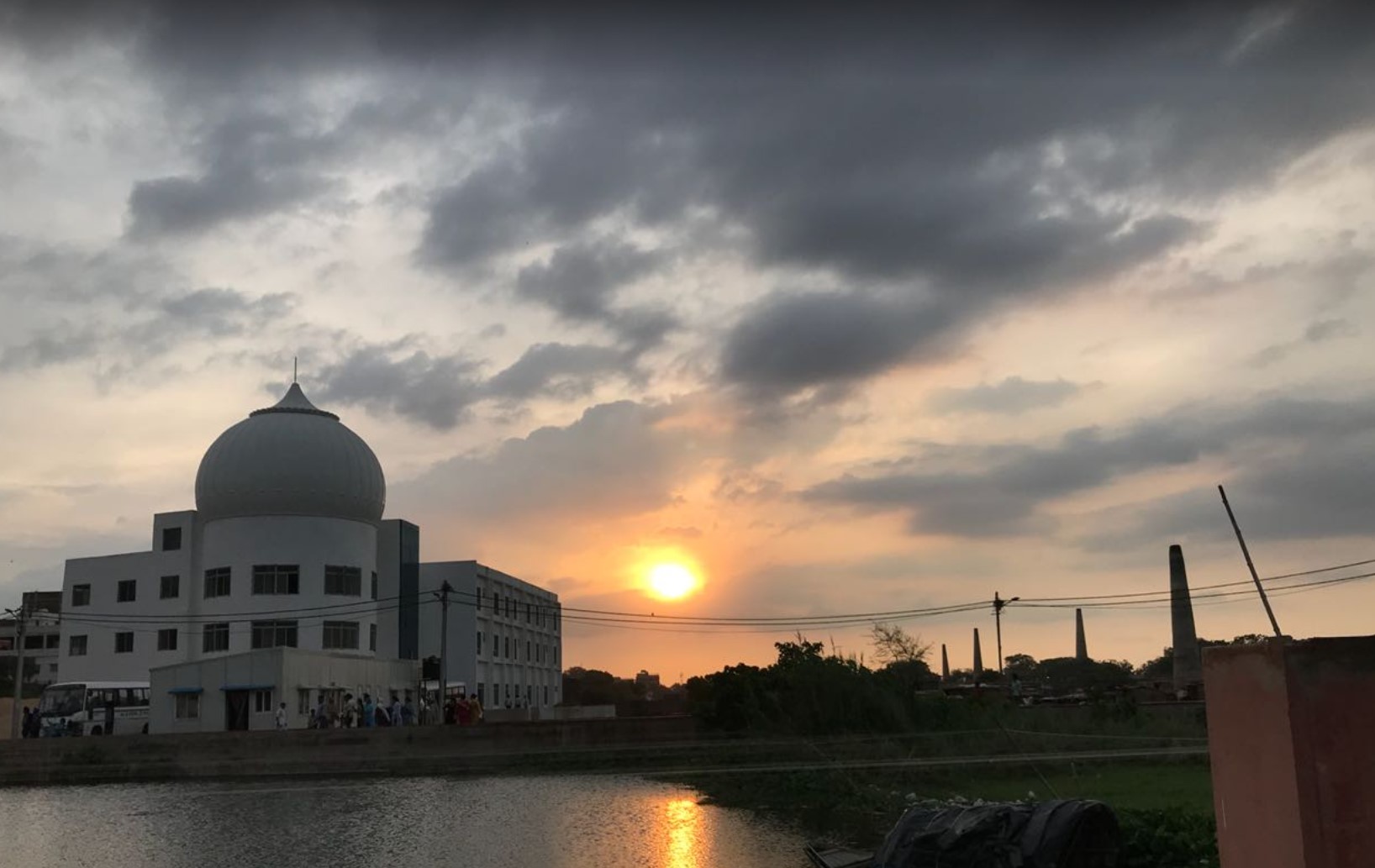
Gurudwara Sri Kangan Ghaat Sahib, Patna
Gurudwara Sri Kangan Ghat Sahib situated in the Distt City Patna. It ... [More]
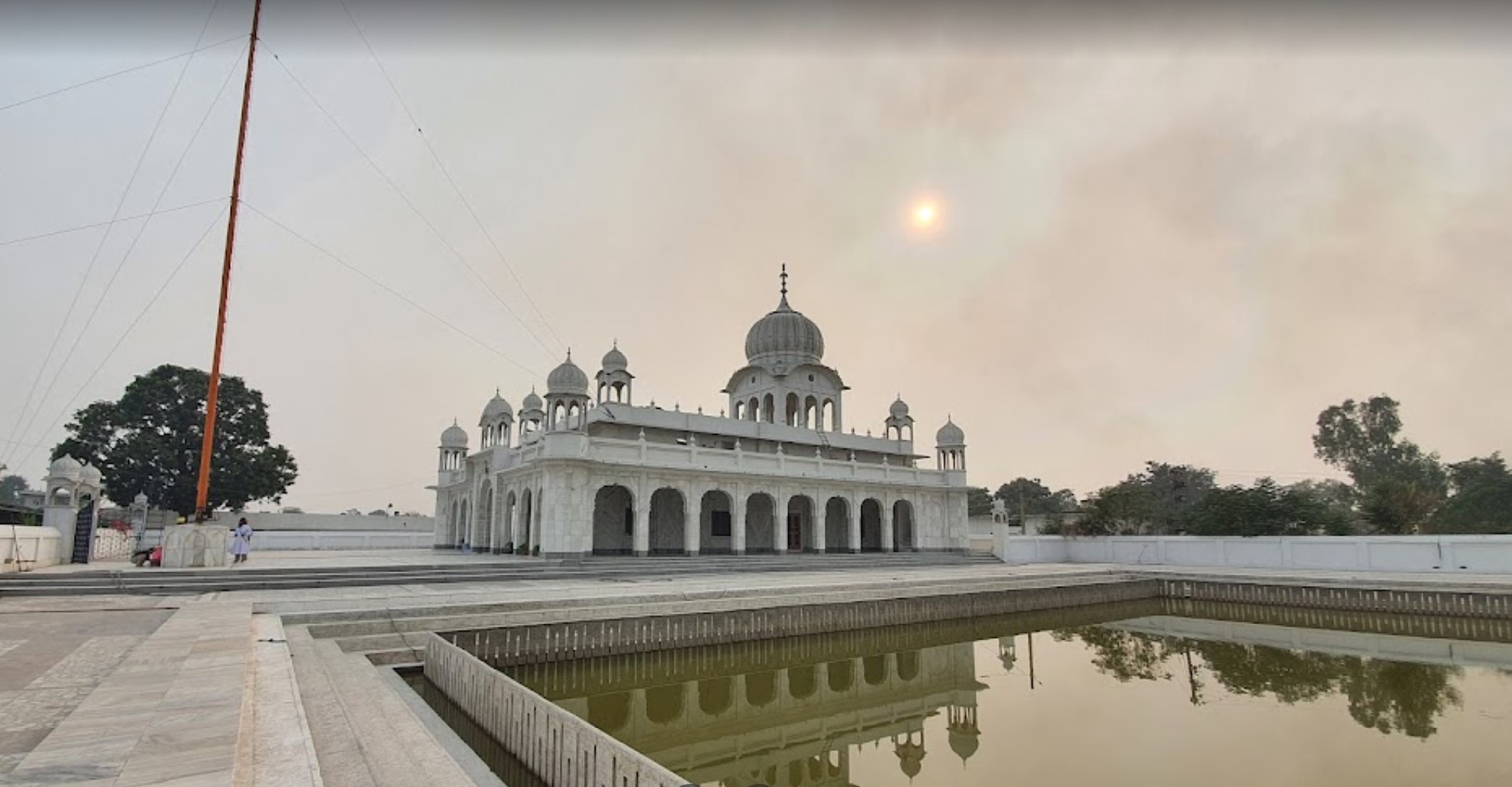
Gurudwara Sri Patshahi Nauvin Sahib – Naulakha
This Gurdwara is situated at a distance of 15 Km from Sirhind ... [More]
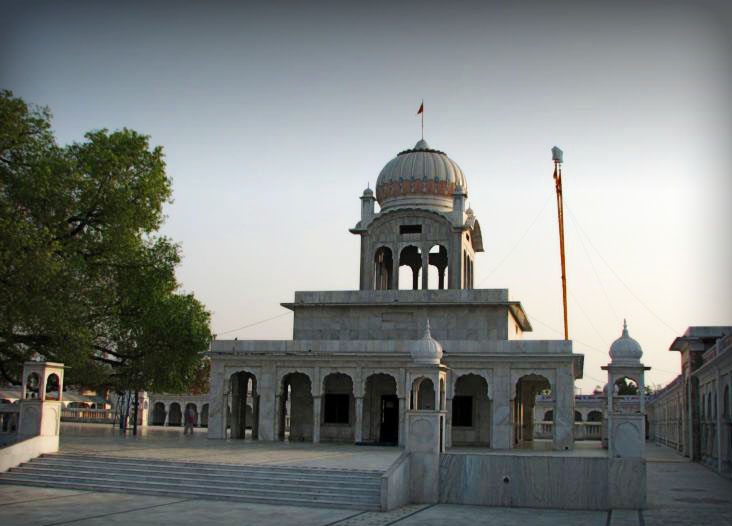
Gurudwara Hargobind Sahib, NanakMatta
Gurudwara HarGobind Sahib is situated in the Distt, Udham Singh Nagar, UtrraKhand. ... [More]
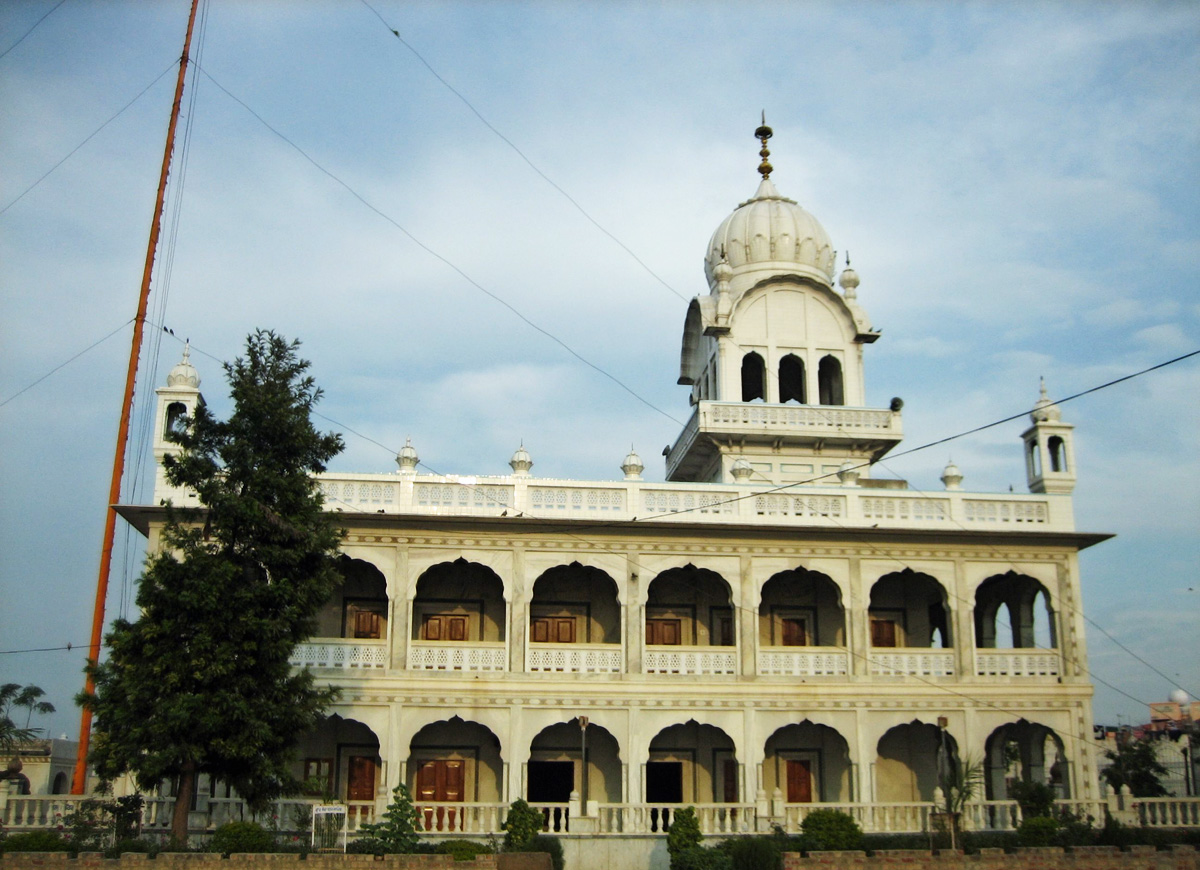
Gurudwara Sri Mai Bharai Sahib, Khadoor Sahib
Gurudwara Sri Mai Bharai Sahib is situated in the Khadoor Sahib city ... [More]

Mazar Rai Bular at Nankana Sahib
There is a ruin in the locality behind the Janamasthan of Jagat ... [More]

Gurudwara Mata Sundri, Delhi
Gurdwara Mata Sundri is situated behind J.P. Nayak Hospital, adjoining the Ghalib ... [More]

Gurudwara Damdama Sahib – Sri Hargobindpur
This Gurdwara is situated at a distance of 32 Km from Batala ... [More]

Gurudwara Pather Sahib Leh
There is a beautiful Gurudwara known as “Pather Sahib” constructed in the ... [More]

Gurudwara Sri Angad Dev Ji, Toor
Gurudwara Sri Angad Dev ji is situated in Village Toor district Tarn ... [More]

Gurudwara Sri Kangan Ghaat Sahib, Patna
Gurudwara Sri Kangan Ghat Sahib situated in the Distt City Patna. It ... [More]

Gurudwara Sri Patshahi Nauvin Sahib – Naulakha
This Gurdwara is situated at a distance of 15 Km from Sirhind ... [More]

Gurudwara Hargobind Sahib, NanakMatta
Gurudwara HarGobind Sahib is situated in the Distt, Udham Singh Nagar, UtrraKhand. ... [More]

Gurudwara Sri Mai Bharai Sahib, Khadoor Sahib
Gurudwara Sri Mai Bharai Sahib is situated in the Khadoor Sahib city ... [More]

Mazar Rai Bular at Nankana Sahib
There is a ruin in the locality behind the Janamasthan of Jagat ... [More]
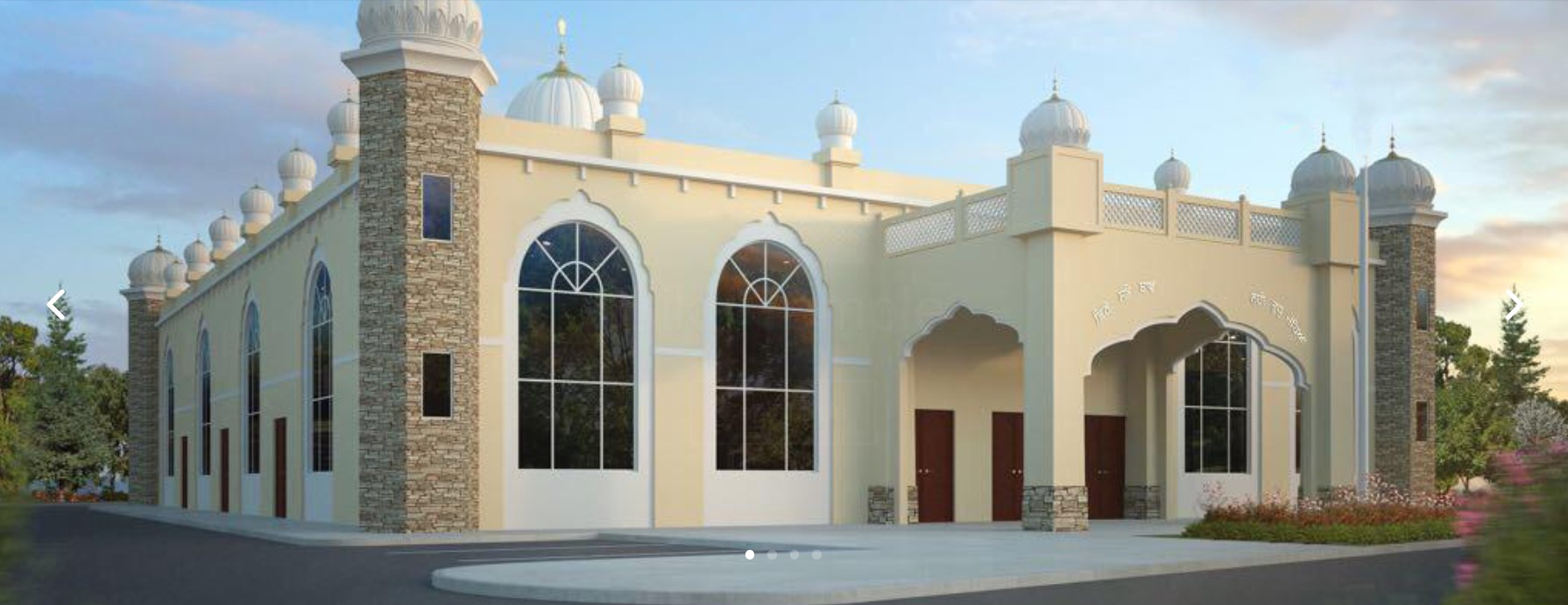
Guru Nanak Sikh Temple -Fairfield
First meeting for Gurdwara Sahib was held on 24th February, 1988 at ... [More]
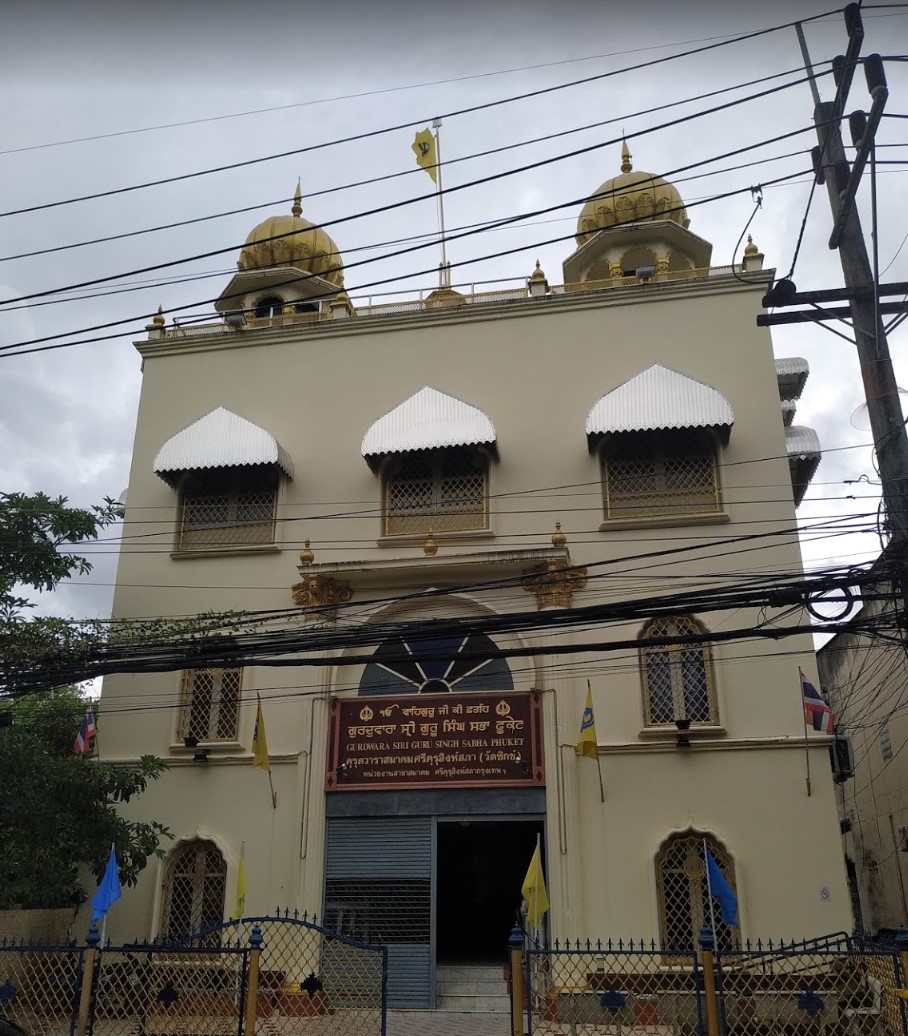
Gurdwara Sri Guru Singh Sabha, Phuket
The first Gurdwara in Phuket was constructed by the Sikhs who had ... [More]

Guru Nanak Sikh Temple -Fairfield
First meeting for Gurdwara Sahib was held on 24th February, 1988 at ... [More]

Gurdwara Sri Guru Singh Sabha, Phuket
The first Gurdwara in Phuket was constructed by the Sikhs who had ... [More]
